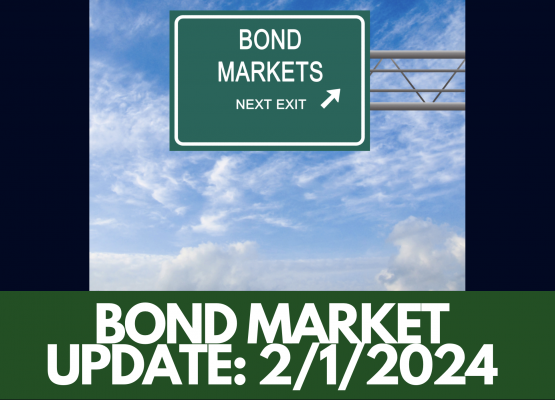In the ever-evolving landscape of the global financial markets, gold has steadfastly retained its allure and strategic importance. Known for its safe-haven status during times of economic uncertainty, the recent movements in the price of gold have once again catapulted this precious metal into the spotlight, inviting both intrigue and in-depth analysis. This article seeks to unravel the complexities behind the recent price movements of gold, examining their broader implications and offering a comprehensive review of gold’s performance over the long run.
The Recent Price Movement
In recent months, the price of gold has witnessed a significant surge to an all-time high, a trend that has caught the attention of investors, policymakers, and economists worldwide. As of writing, gold spot is trading at approximately $2,083.14.
This movement is attributed to a confluence of factors, ranging from geopolitical tensions, inflationary pressures, to shifts in monetary policy by central banks. As these elements intertwine, they underscore the multifaceted nature of gold’s appeal – not just as a commodity, but as a keystone in the architecture of global finance. See below a chart of the SPDR Gold Trust (GLD), to get a feel for how gold has been performing recently:
Geopolitical Tensions and Economic Uncertainty
Historically, gold prices have been sensitive to geopolitical tensions and economic uncertainties. In times of conflict or instability, investors often flock to gold as a safe haven, driven by its intrinsic value and enduring stability. This flight to safety is a testament to gold’s reputation as a reliable store of value, a characteristic that is particularly appealing in volatile times. The recent uptick in geopolitical tensions across various regions, including between Israel and Hamas, has thus played a critical role in propelling gold prices upwards, as investors seek refuge in its relative security.
Inflationary Pressures
Another critical factor influencing the price of gold is the specter of inflation. As inflation erodes the purchasing power of fiat currencies, gold’s appeal as an inflation hedge becomes increasingly pronounced. This is because gold is seen as retaining its value over time, unlike paper currencies, which can be subject to devaluation in the face of rising prices. The current inflationary pressures, fueled by expansive monetary policies and supply chain disruptions, have thus contributed to the bullish sentiment surrounding gold, as investors look to protect their wealth from the tax of inflation.
Shifts in Monetary Policy
Central banks play a pivotal role in shaping the economic landscape, and their monetary policies have a direct impact on gold prices. The recent trend towards lower interest rates, coupled with quantitative easing measures, has reduced the opportunity cost of holding non-yielding assets such as gold.
Additionally, the expansion of central bank balance sheets through the purchase of government securities in recent years, and the large amount of money that was seemingly printed out of thin air during the Covid-19 pandemic, has raised concerns over currency devaluation, further enhancing gold’s appeal as a hedge against monetary dilution. As central banks navigate the delicate balance between stimulating economic growth and controlling inflation, their policies will continue to influence the trajectory of gold prices.
The Long-Term Perspective
A review of gold’s performance over the long run reveals a remarkable resilience and an upward trajectory in its value. Despite the fluctuations inherent in commodity markets, gold has consistently served as a hedge against economic and political uncertainties, retaining its value through market cycles. This enduring appeal is grounded in gold’s physical properties, limited supply, and diverse demand drivers, ranging from jewelry and technology to investment and central bank reserves.
Over the decades, gold has weathered numerous financial crises, currency devaluations, and geopolitical conflicts, each time reaffirming its status as a beacon of stability. The long-term trend in gold prices not only reflects the metal’s inherent value, but additionally the changing dynamics of the global economy, including shifts in wealth distribution, technological advancements, and the evolution of financial markets.
Broader Implications
The recent movements in gold prices have broader implications for the global economy and financial markets. For investors, the surge in gold prices highlights the importance of diversification and the role of safe-haven assets in portfolio management. For policymakers, it underscores the challenges of navigating economic uncertainties and the impact of monetary policies on asset valuations.
Furthermore, the dynamics of gold prices offer insights into the global economic sentiment, serving as a barometer for investor confidence and risk appetite. As such, the analysis of gold’s price movements goes beyond mere speculation, offering a window into the underlying forces shaping our economic future.
Conclusion
The recent surge in gold prices is a complex phenomenon, rooted in a web of geopolitical, economic, and monetary factors. As we dive into the potential impacts of these events, we can gain a deeper understanding of gold’s enduring value, and additionally a better perspective on the global financial landscape.
Looking ahead, the role of gold in the economy and its performance over the long run will continue to fascinate and challenge investors, economists, and policymakers alike. In the world of finance, gold remains not just a commodity, but a symbol of enduring stability and resilience.




